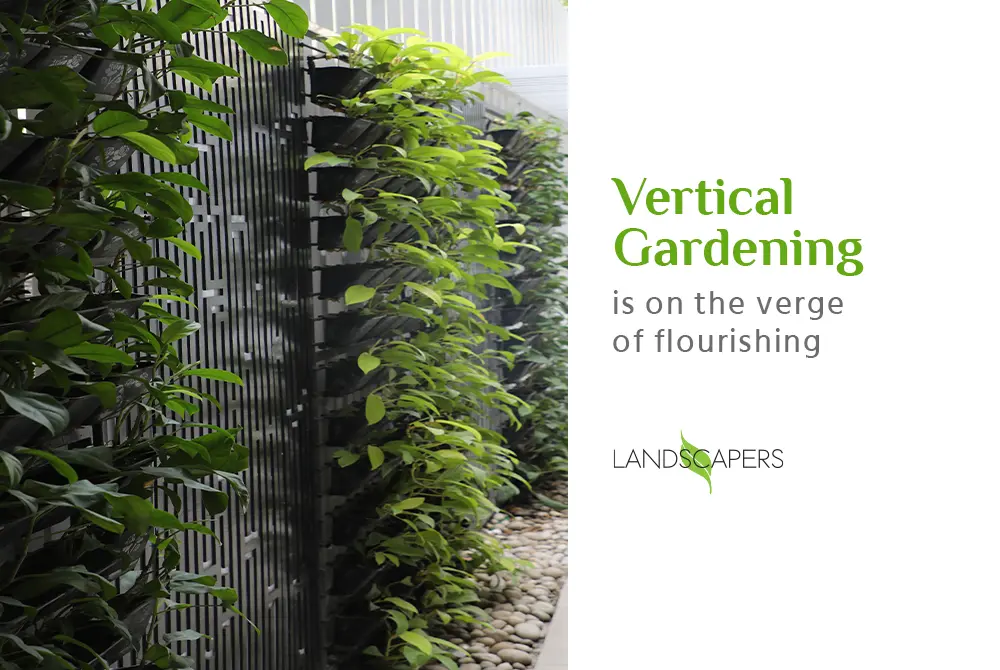
Growing Upwards: The Surge in Popularity of Vertical Gardening in Landscaping
Introduction:
Landscaping has evolved over the years, and one trend that has gained significant traction is vertical gardening. Vertical gardening involves growing plants upward, using structures like walls, trellises, and containers.
This innovative approach to gardening has captivated the interest of both seasoned gardeners and those looking to make the most of limited space. In this blog post, we’ll explore the reasons why vertical gardening is becoming more common in landscaping.
Optimal Space Utilization:
One of the primary reasons for the rise in popularity of vertical gardening is its ability to maximize space utilization. In urban environments where space is often limited, vertical gardening offers a practical solution.
Walls, fences, and even unused vertical surfaces become potential areas for cultivating plants, allowing individuals to create lush green spaces in areas where traditional gardens may not be feasible.
Aesthetically Pleasing Design
Vertical gardens add a unique and visually appealing element to landscaping. The vertical arrangement of plants creates a dynamic and striking visual effect, turning a plain wall or structure into a vibrant living canvas.
This design approach allows for creativity in plant selection, arrangement, and color schemes, enabling individuals to express their style and preferences in a more unconventional way.
Improved Air Quality
Vertical gardens contribute to enhanced air quality by absorbing pollutants and releasing oxygen. The increased surface area for plant growth in a vertical garden allows for more efficient air purification.
As urban areas grapple with air pollution concerns, incorporating vertical gardens into landscaping becomes a practical and sustainable solution to mitigate the impact of harmful pollutants.
Temperature Regulation
Vertical gardens can also play a role in regulating temperature. The foliage on vertical surfaces helps to insulate buildings, reducing the heat absorbed by walls during the summer and providing additional warmth in the winter.
This natural insulation can contribute to energy efficiency, making vertical gardening an environmentally friendly and beneficial option for landscaping.
Biodiversity and Habitat Creation
Vertical gardens can attract a diverse range of insects, birds, and other small creatures, contributing to the creation of microhabitats within urban areas.
This increased biodiversity can have positive effects on the overall ecosystem health, fostering a more balanced and sustainable environment.
Accessibility and Convenience:
Vertical gardens are often more accessible and convenient for gardeners, particularly those with physical limitations.
The raised nature of vertical gardens reduces the need for bending or kneeling, making maintenance tasks such as watering, pruning, and harvesting more manageable. This makes gardening more inclusive and enjoyable for a broader range of individuals.
Conclusion:
The surge in popularity of vertical gardening in landscaping is not merely a passing trend, but rather a response to the challenges posed by urbanization and limited space.
As more people seek sustainable and aesthetically pleasing solutions for their outdoor spaces, vertical gardening continues to prove itself as a versatile and innovative approach to cultivating greenery in a world where space is a precious commodity.
Whether in residential areas, commercial spaces, or public places, vertical gardens are transforming the way we think about and engage with landscaping.

